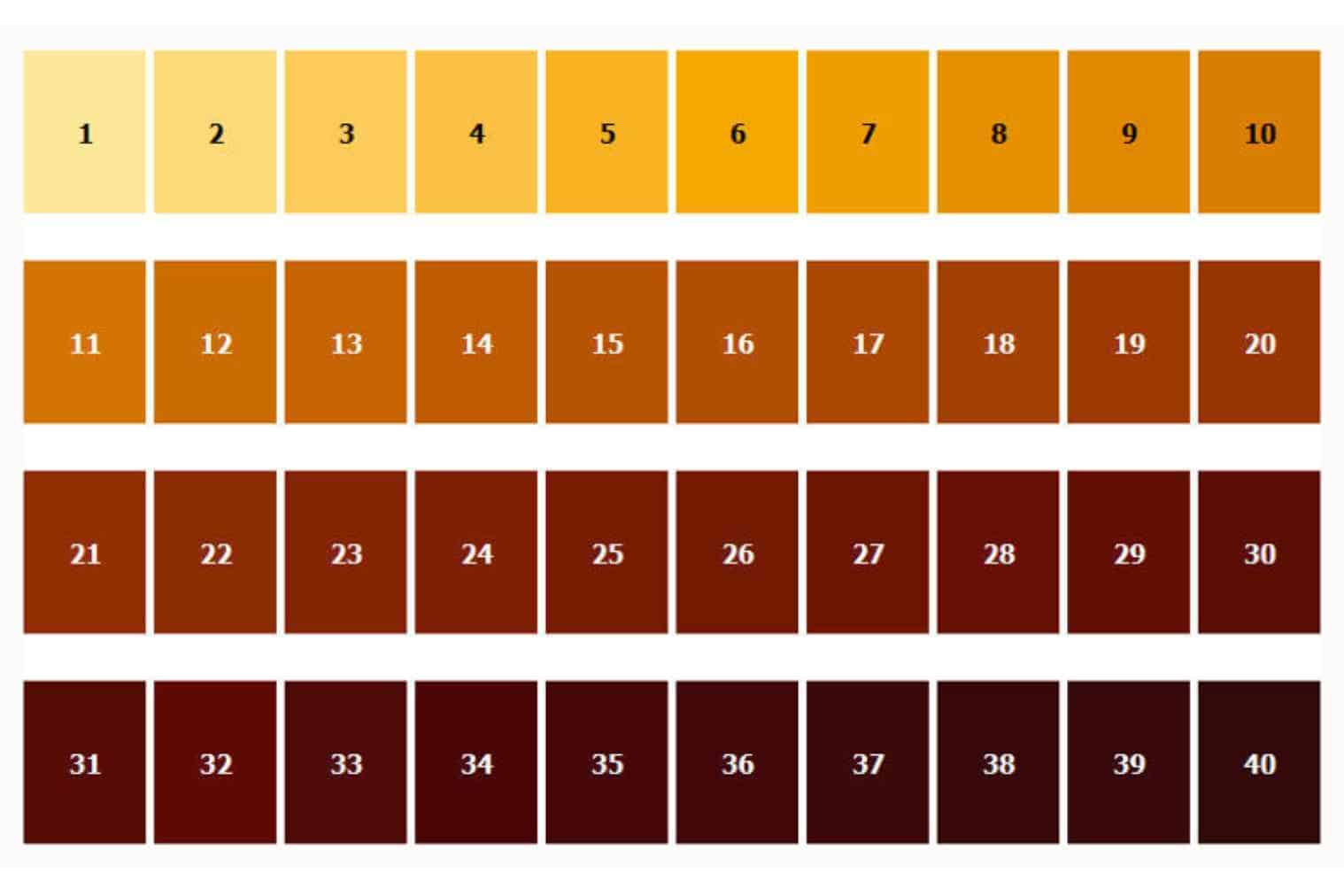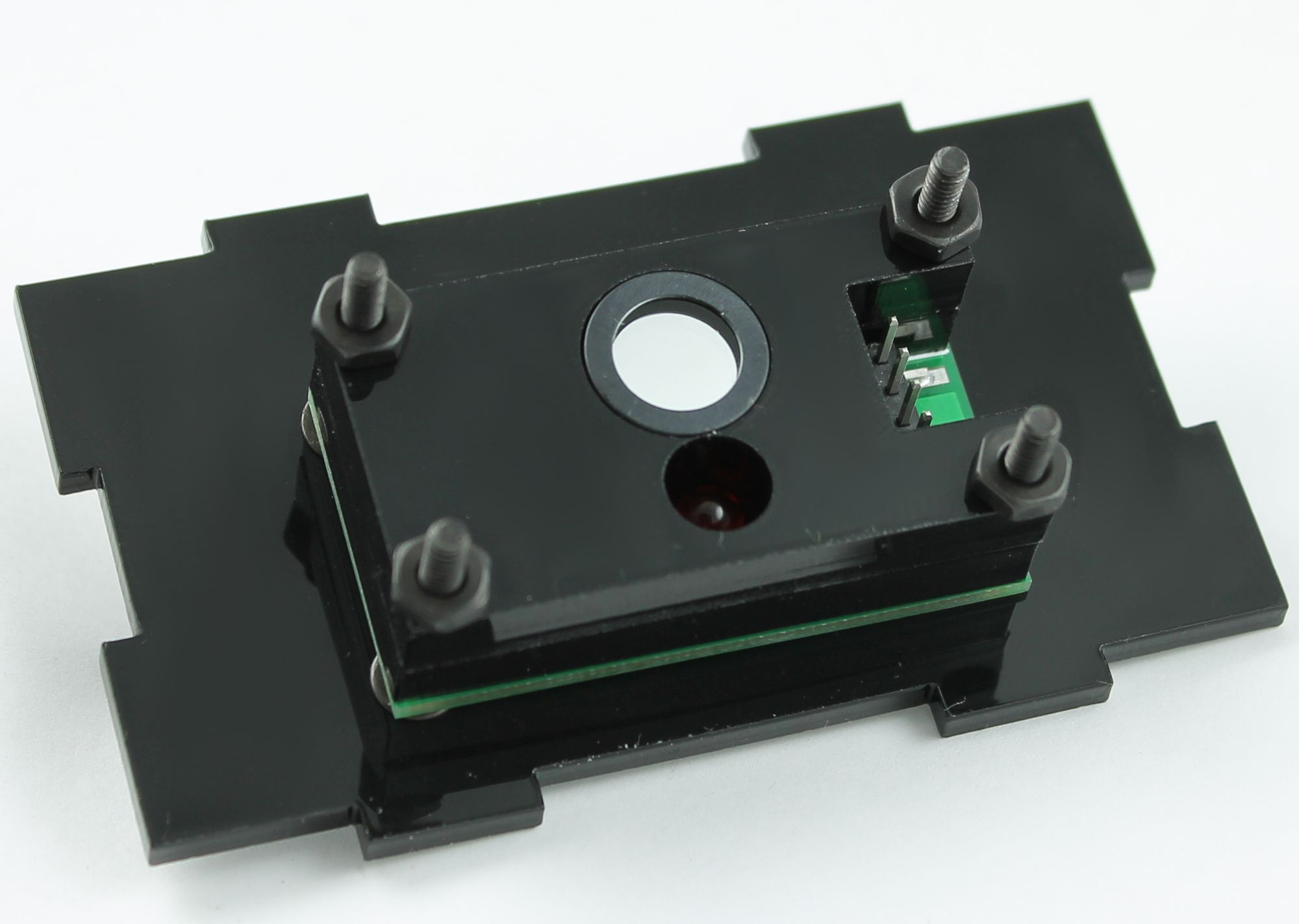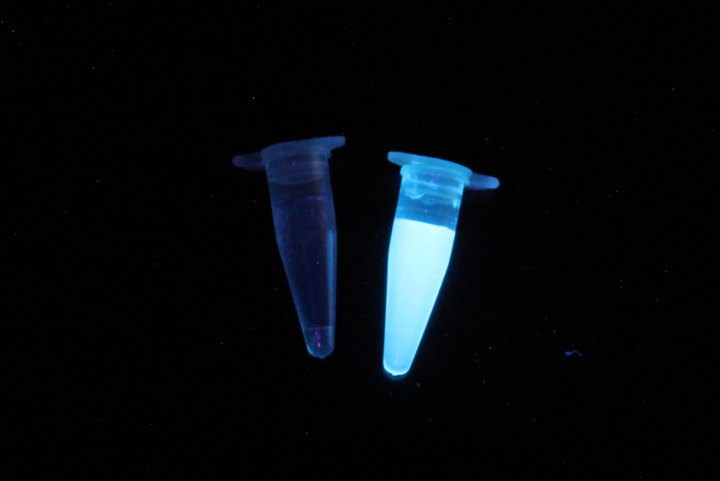Measuring beer color with a 430nm colorimeter
Revisiting and sharing some of our earlier work developing a beer color test for home brewers.

We are currently working on modifying some designs for the Open Colorimeter Plus, so while we wait for those design prototypes to arrive, we thought we would revisit and share some of our earlier work developing a beer color test for home brewers.
A few years ago we made a custom version of our educational colorimeter kit specifically for measuring beer color and eventually turbidity or beer haze. This was prompted by community requests, specifically from the home brewing community. We made some great initial progress with measuring beer color, which we are sharing here, and will follow up with beer haze in an upcoming newsletter.
Measuring Beer Color
We learned from community members that beer color is an important parameter that home brewers need to be able to affordably and accurately measure. Beer color is typically reported as an SRM number (Standard Reference Method) or EBC value (European Brewery Convention). Light, pale beers have a low SRM number while darker beers have a higher SRM number. For brewers, understanding and tracking beer color is important for producing a consistent end-product. Typically home-brew beer color measurements are done either by outsourcing to a commercial lab or by color-matching to SRM charts like the one shown below.

Quantitative data is always preferable for home labs of course and beer color is actually a very straightforward measurement.
Absorbance of the beer sample is measured at 430nm through a 1cm pathlength cuvette and converted to an SRM value (Standard Reference Method) or EBC value (European Brewery Convention) as follows:
- SRM beer color = Abs(430nm) * 12.7
- EBC beer color = Abs(430nm) * 25
Measurements can be done with any spectrophotometer or 430nm colorimeter. As most hobbyists and home brewer do not have access to a spectrophotometer, we were asked by the community to test whether using a 430nm board with our colorimeter would work for measuring beer SRM.
Materials needed to measure beer color
- Colorimeter or Spectrophotometer: The measurements described below were performed with our Educational Colorimeter Kit, which was our colorimeter instrument at that time. We expect this to work just as well with the Open Colorimeter and will be testing this once we have the 430nm LED board available.
- Colorimeter 430nm LED: We made a custom LED board with Part # SloanLED SL905BCE
- Bandpass filter: This is optional. We used a Cheshire Opticals filter, (part # 430.0 IF 10, 1/2" diameter). This filter has a bandwidth of 10 +/- 2 nm. This part is no longer available, although other 430nm bandpass filters should work.
- Cuvettes: Must be 1cm pathlength
- SRM calculation: SRM = Abs x Dilution x 12.7

Measuring SRM beer color with the 430nm colorimeter
We selected a broad range of 14 beers for SRM color measurements. For each beer we transferred 1-2 mL into a fresh cuvette. The image below shows 12 of the beers we tested. For each beer we measured absorbance at 430nm with our colorimeter with the 430nm LED and bandpass filter. We also measured using a Spectrophotometer for verification. SRM values were calculated and compared to reported/expected values in Table 1.


As you can see from the data, the colorimeter performance was very comparable to the spectrophotometer for measuring beer SRM. We believe this would be a good instrument for home brewers to measure SRM values.
Next we will be testing beer haze which will be a great complimentary test for the beer color measurements.
Learn More!
If you want to learn more about this interesting topic, we recommend checking out this pretty awesome and thorough video on Beer Color by Oregon BrewLab Official on YouTube!




Comments ()